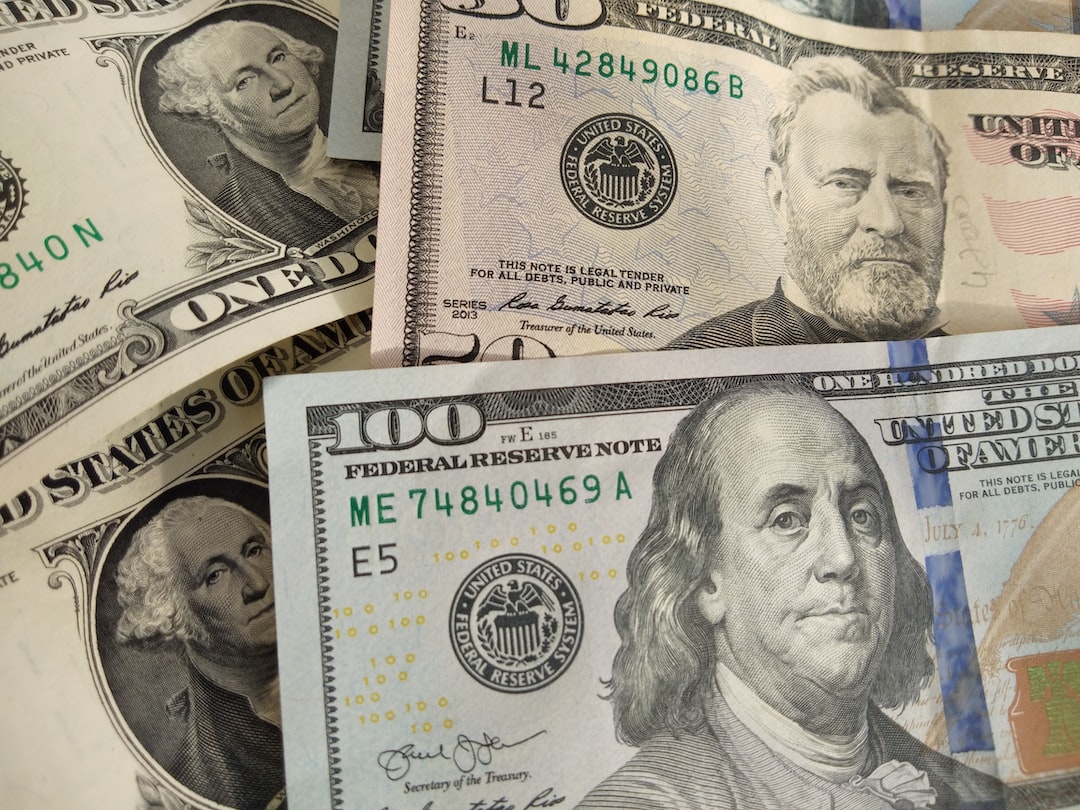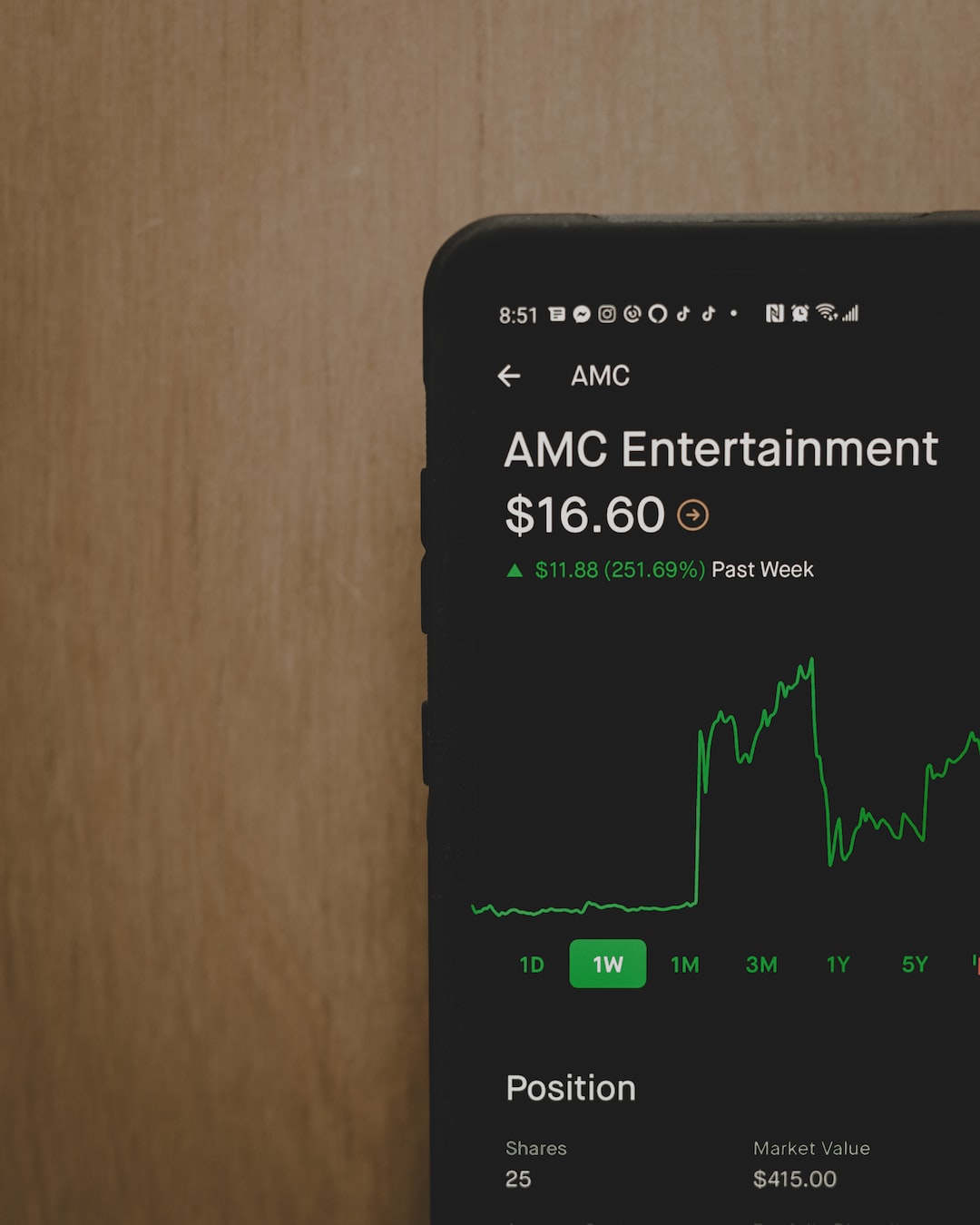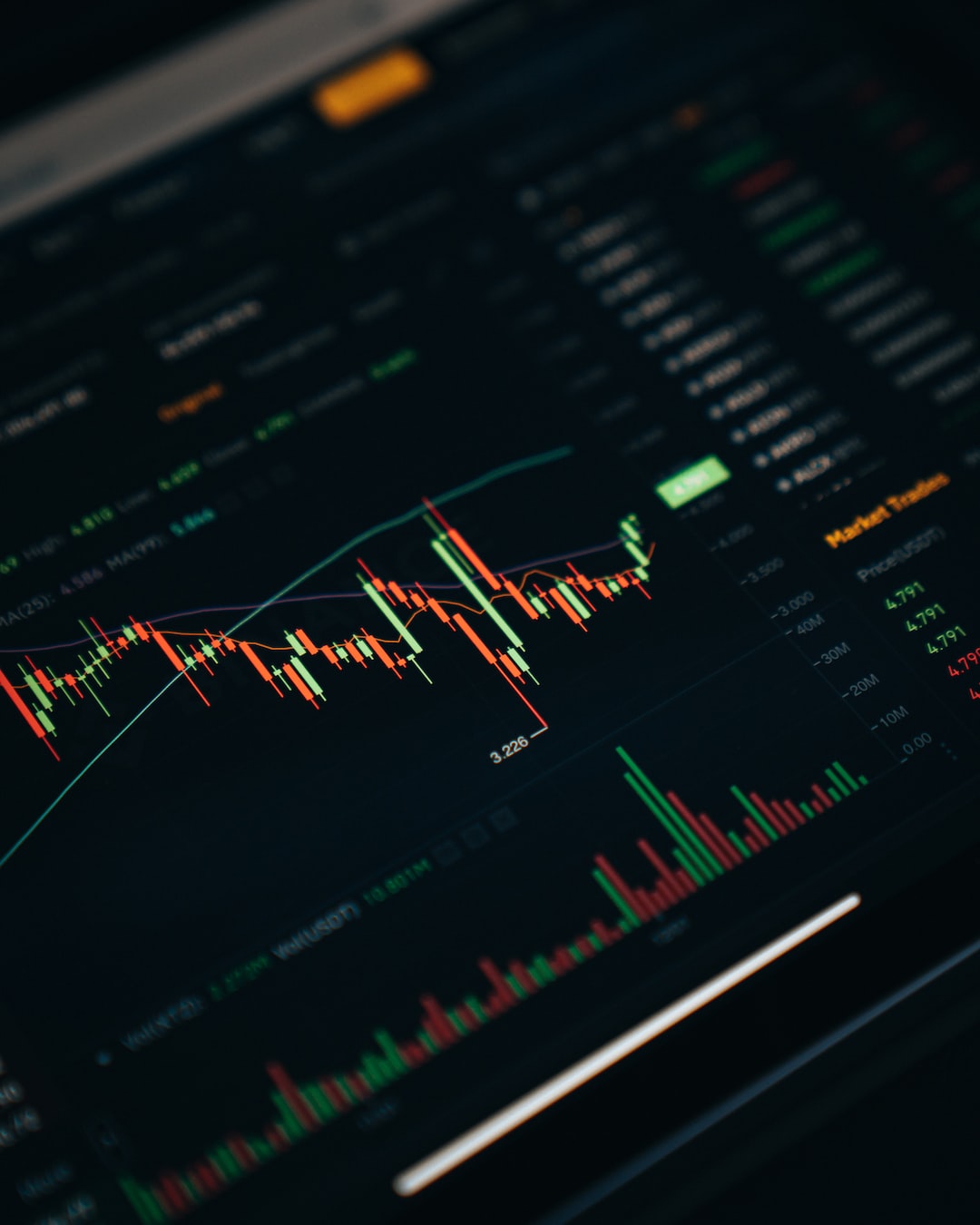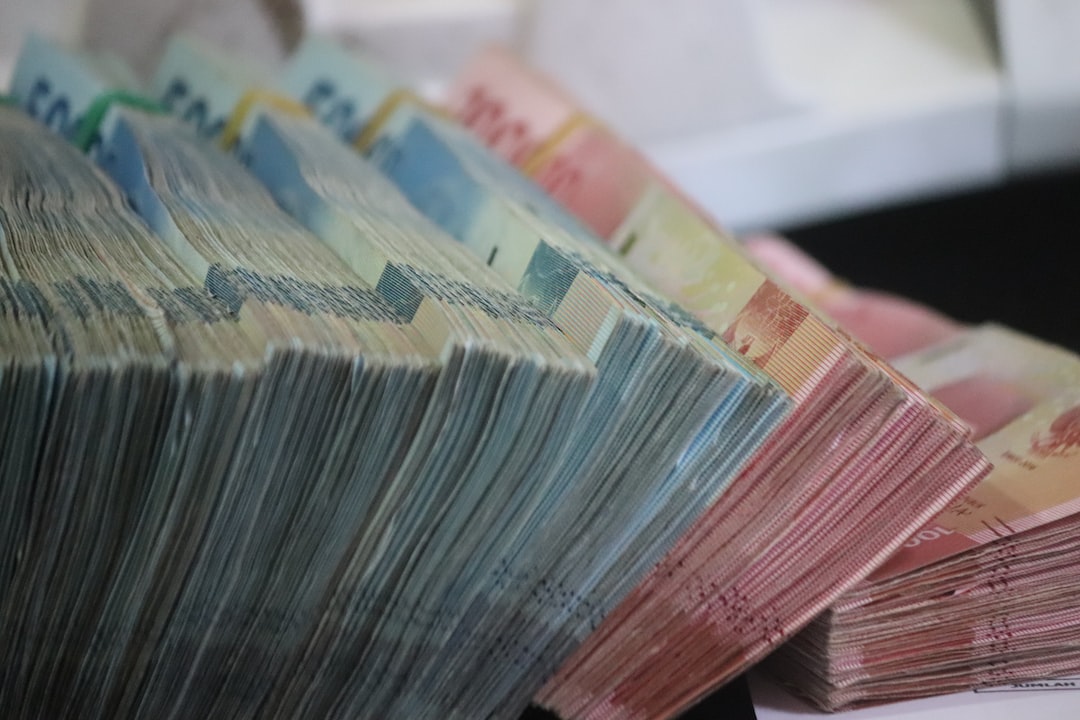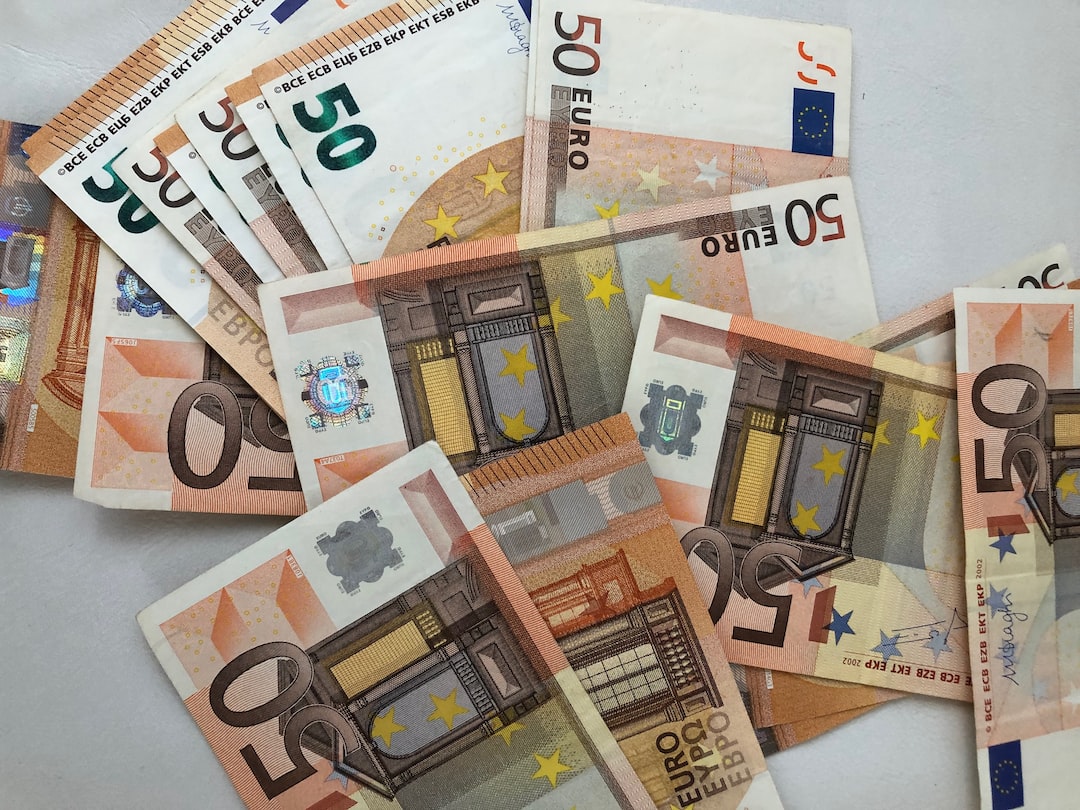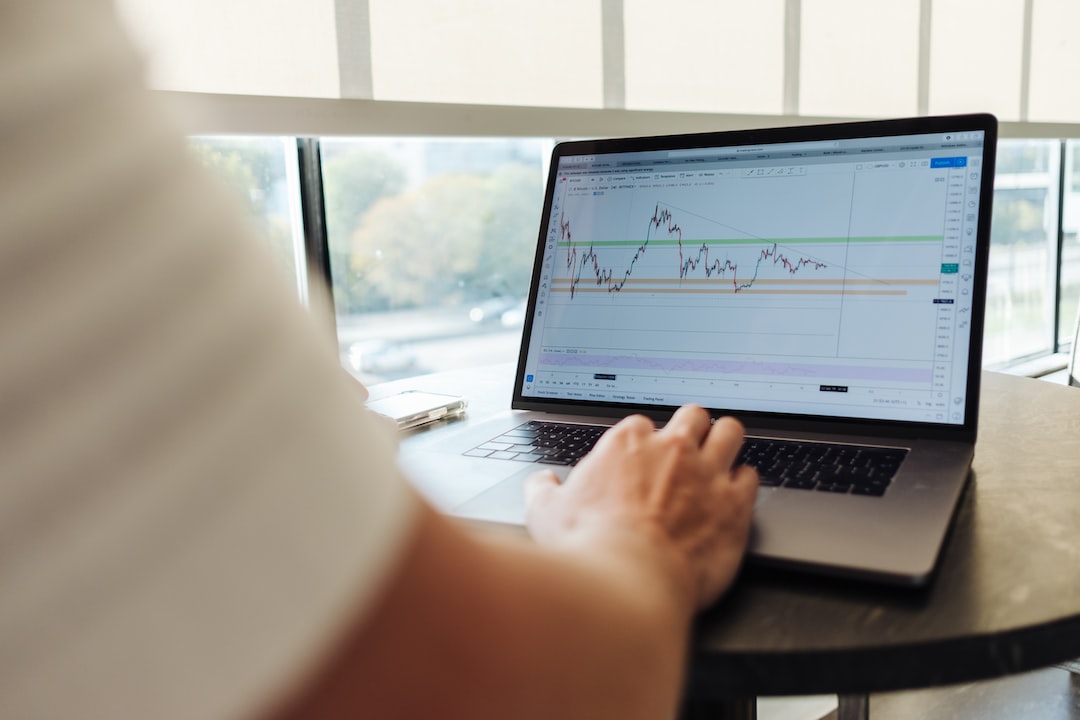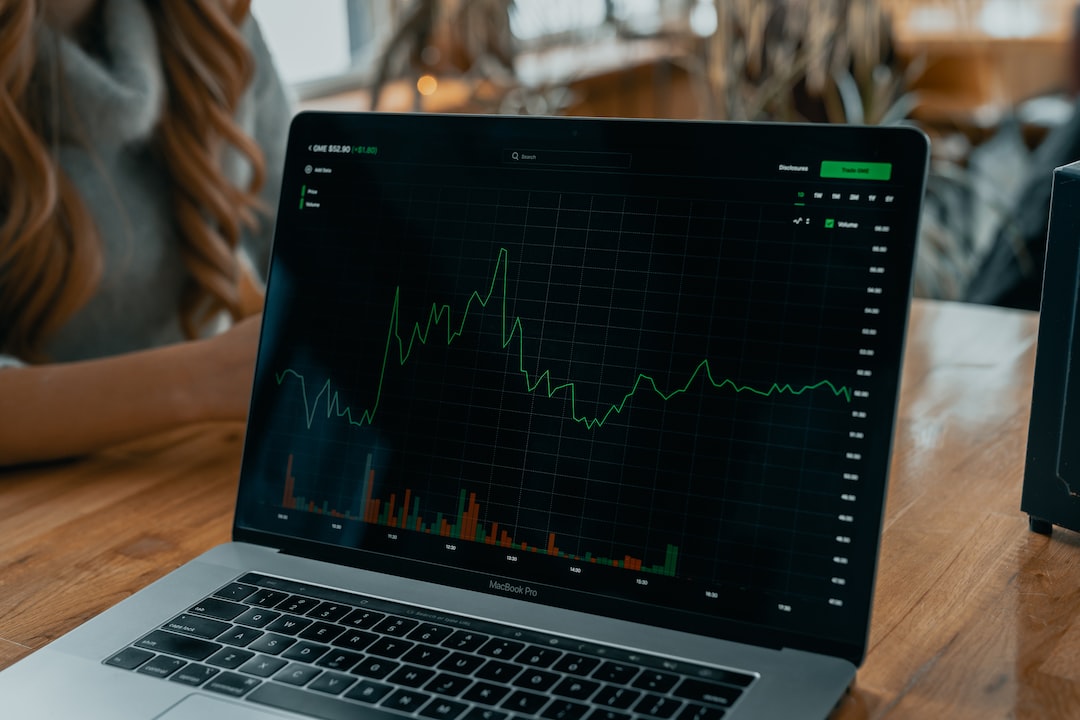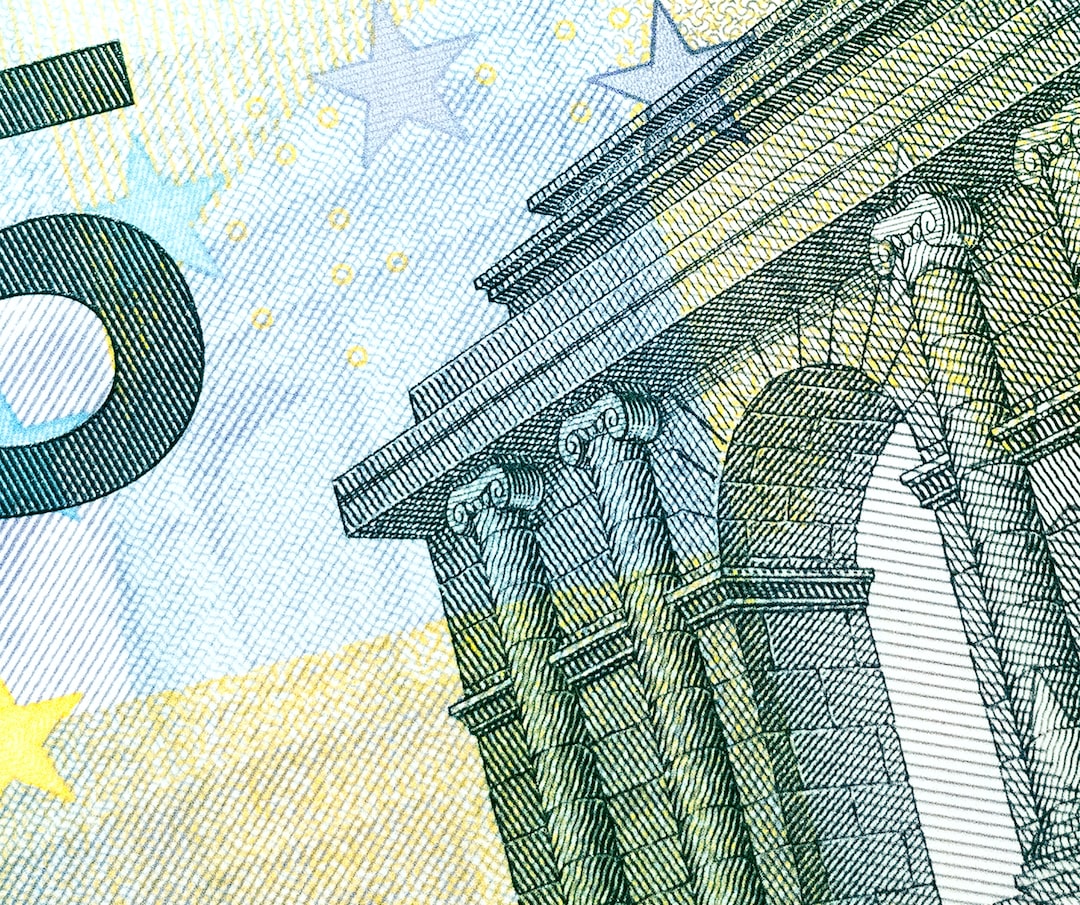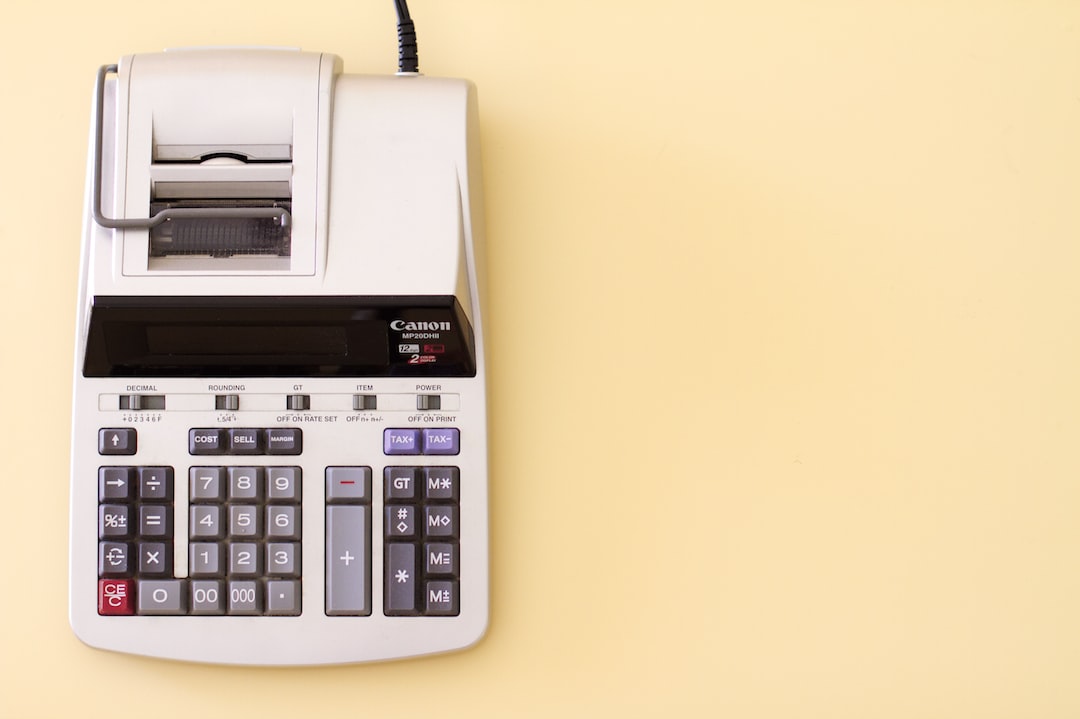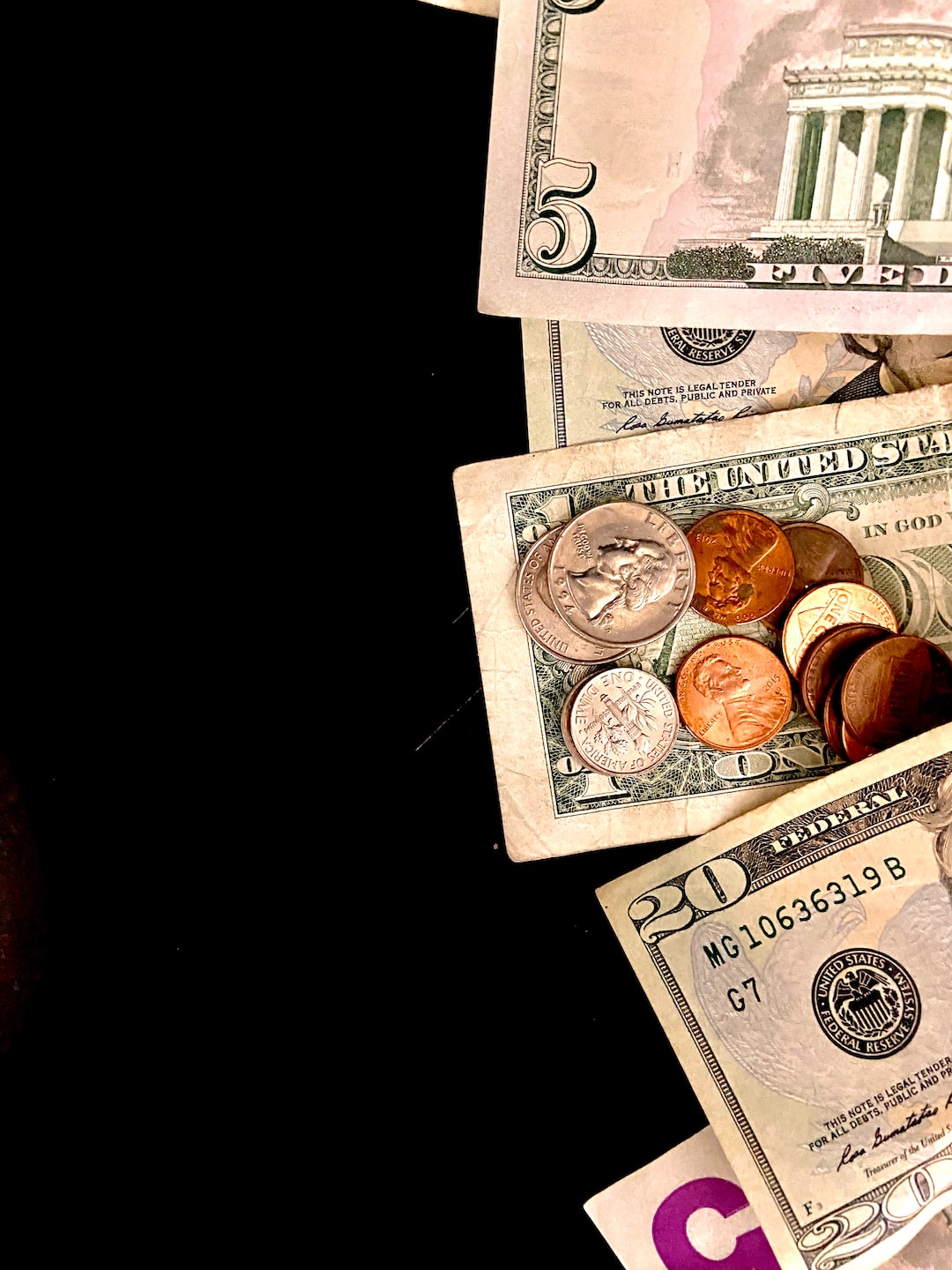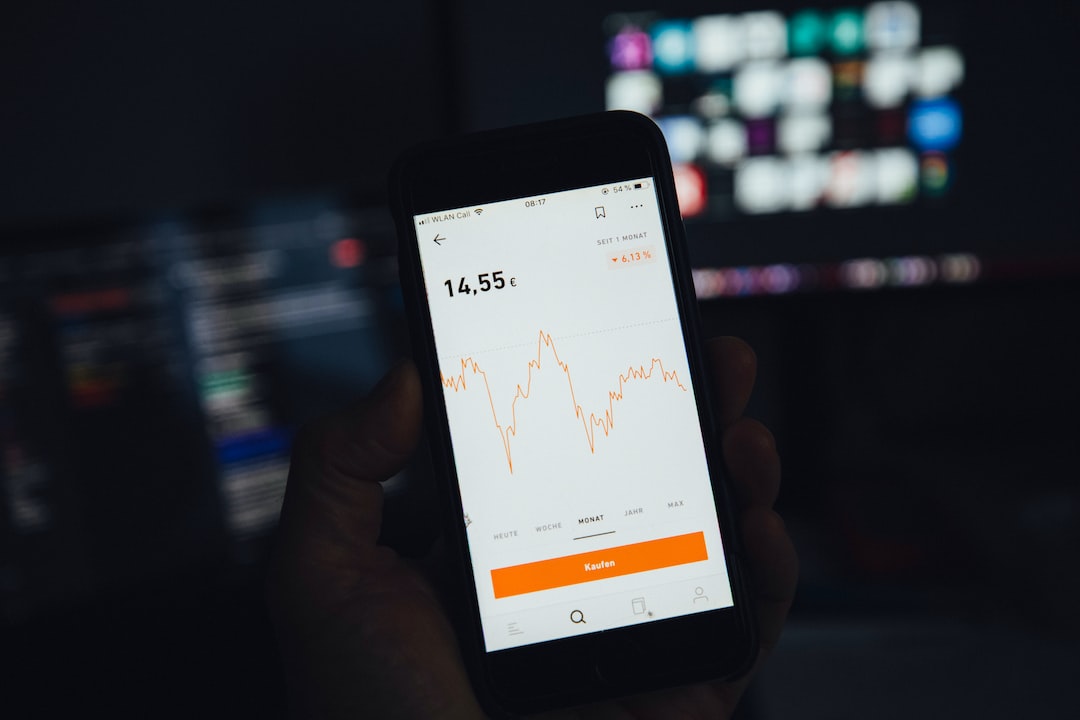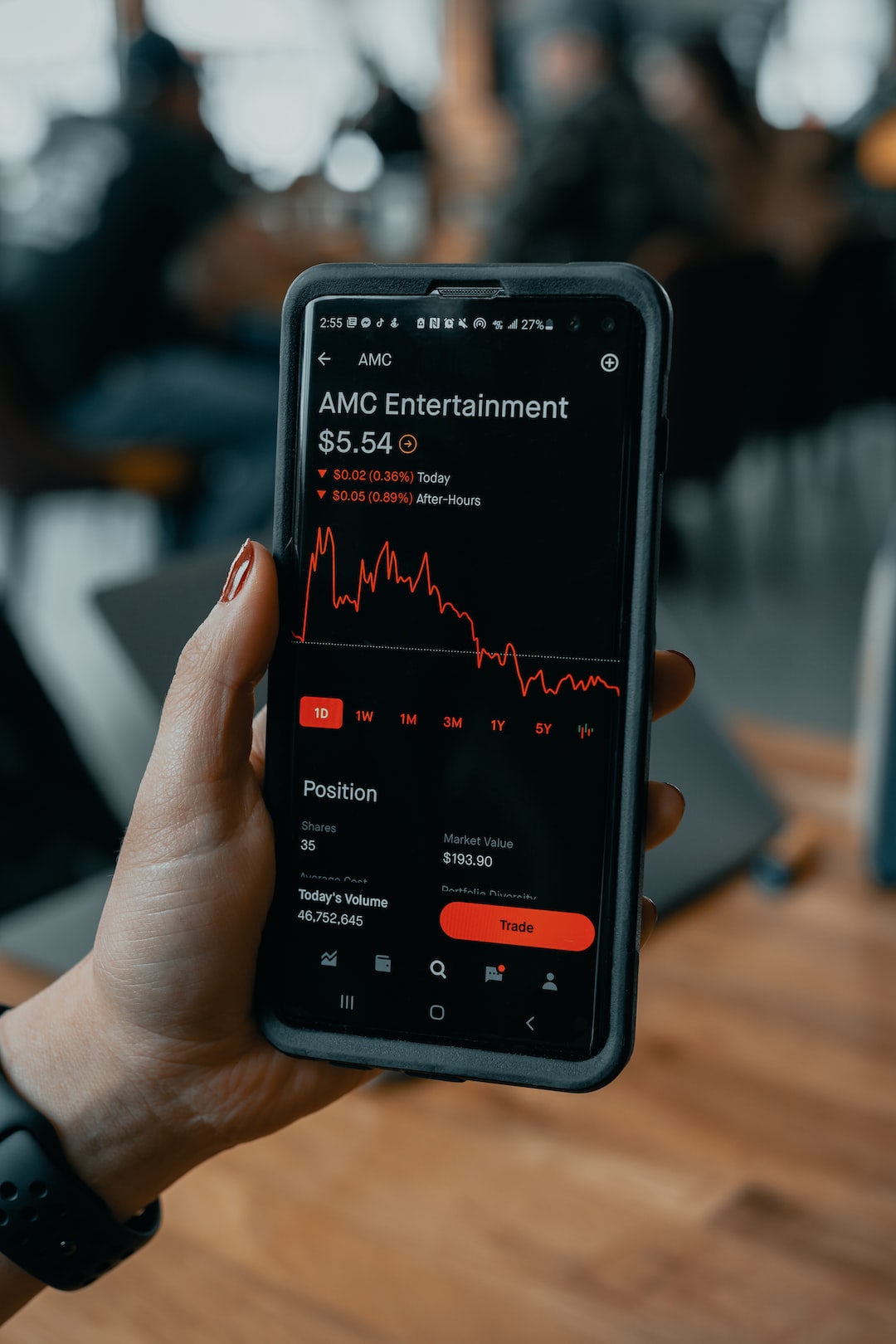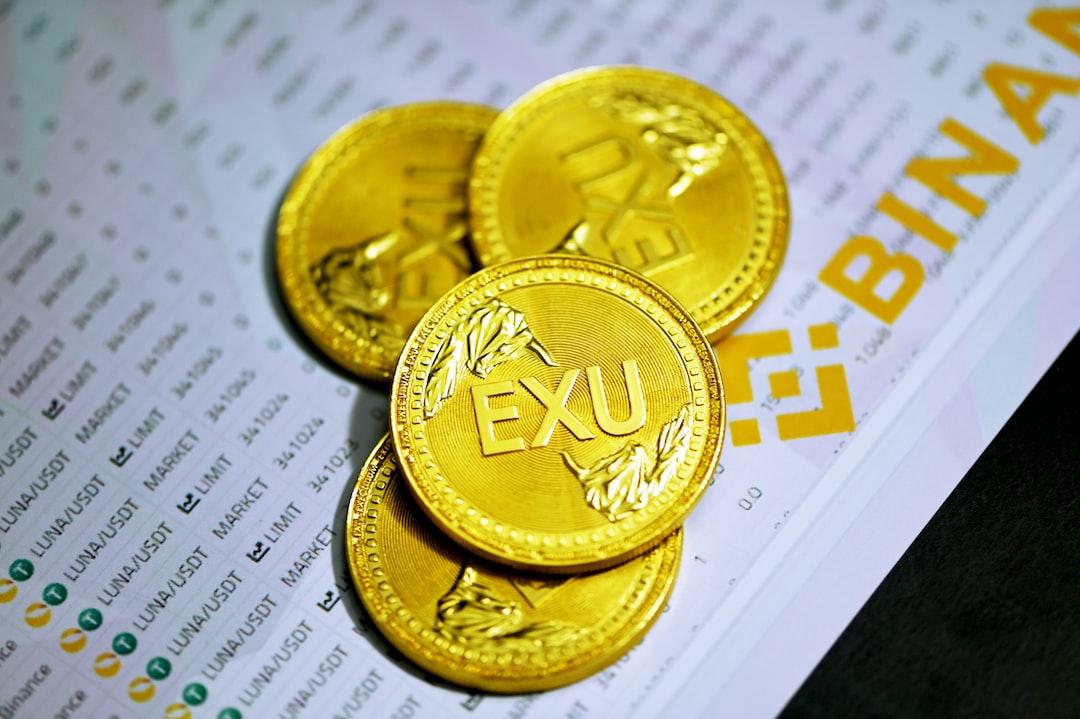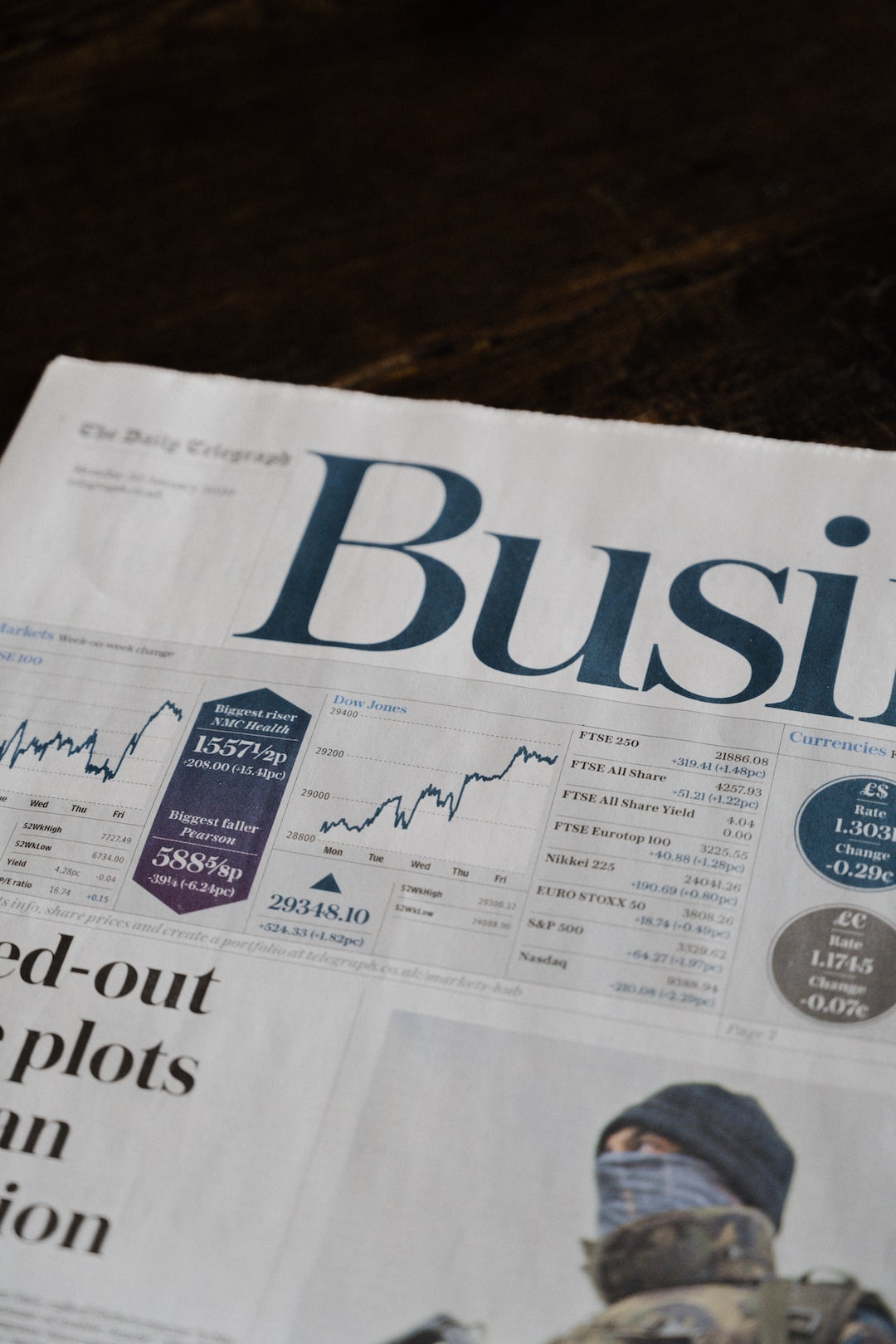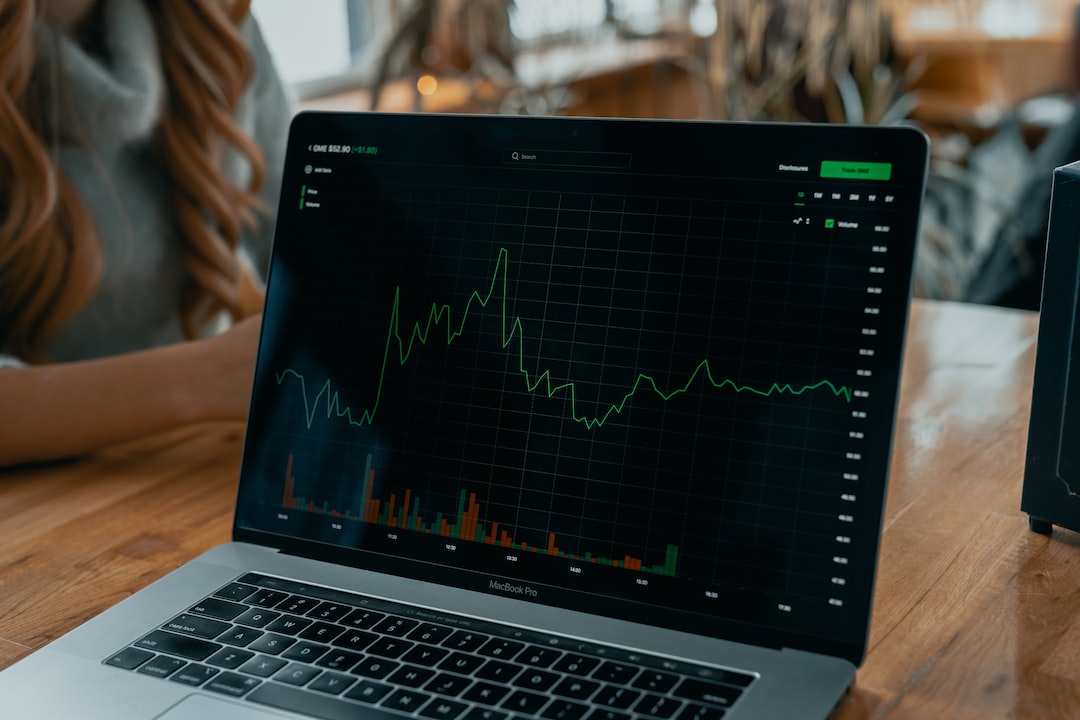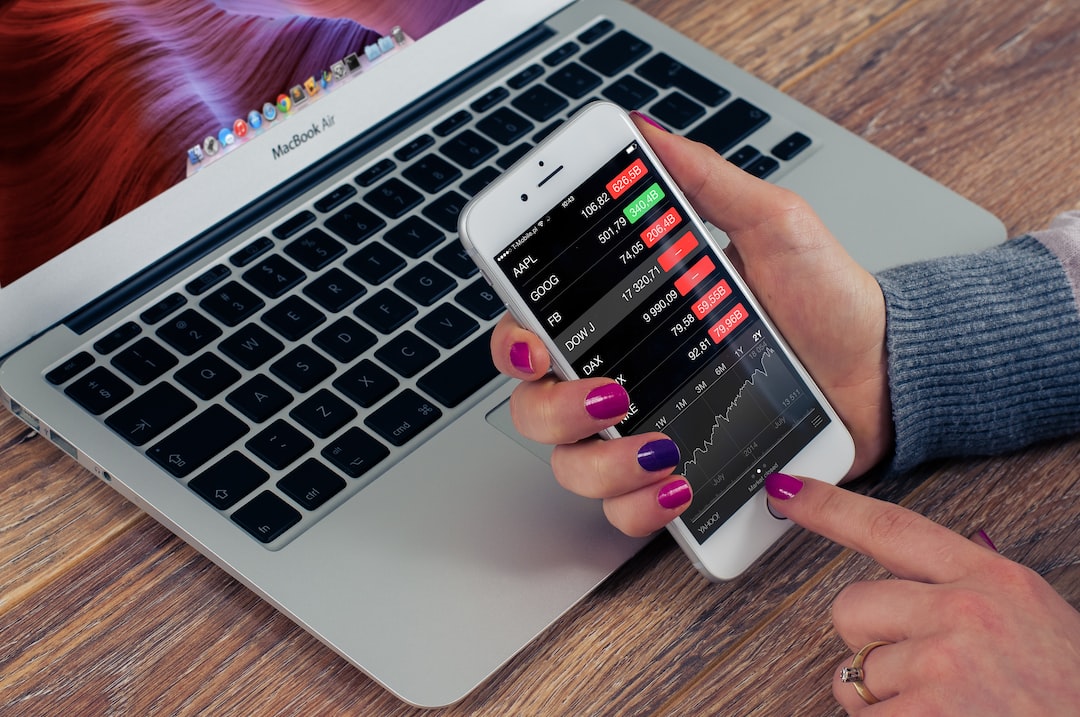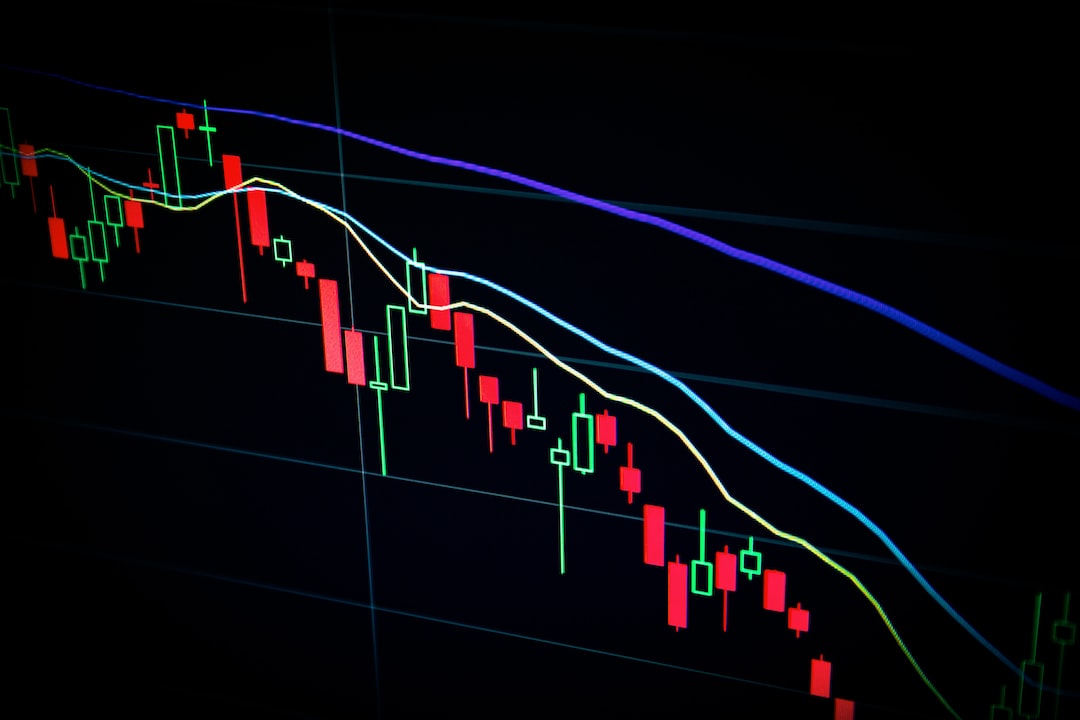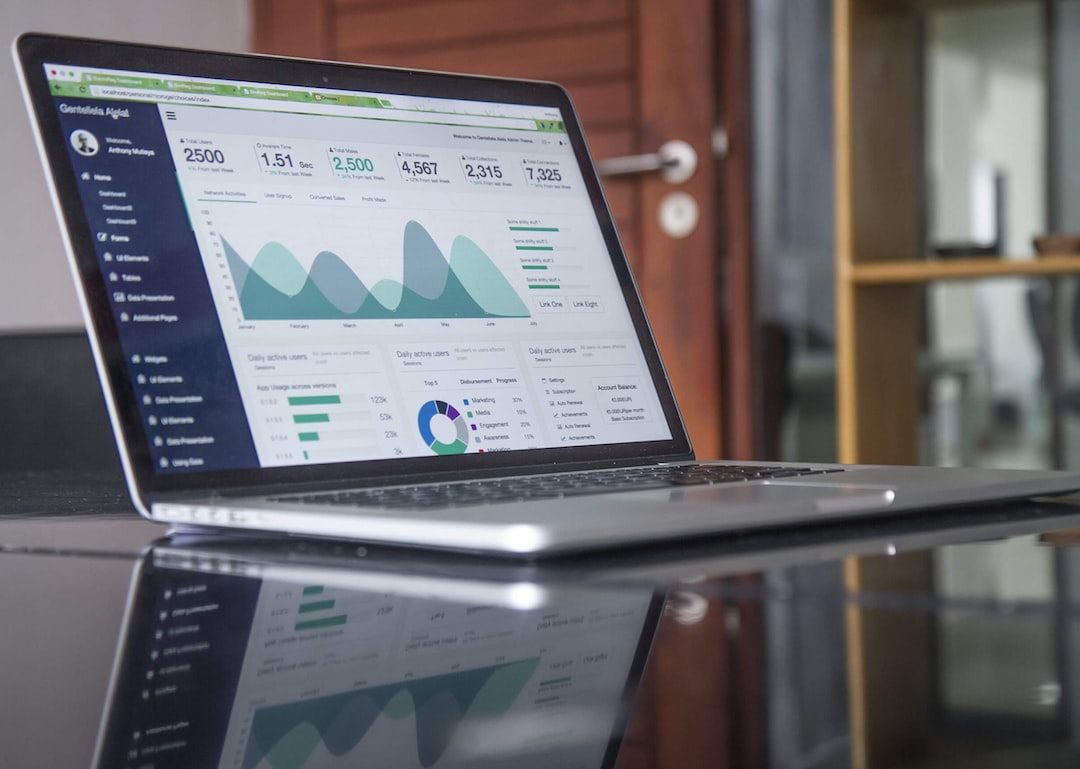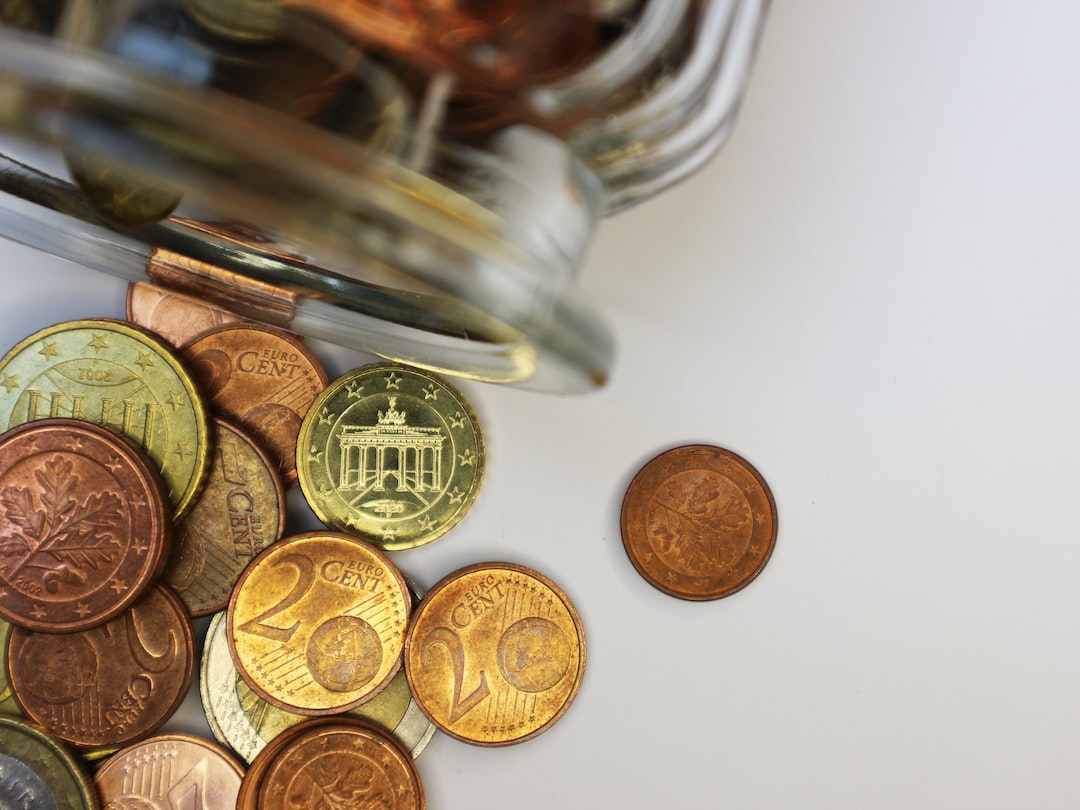Forex trading, also known as foreign exchange trading, is the largest and most liquid market in the world. Trillions of dollars are traded in the forex market every day, making it an attractive investment opportunity for many traders. However, it is crucial to have a well-diversified portfolio of forex currencies to ensure long-term success.
Diversification is a risk management strategy that involves spreading investments across different asset classes or markets. By diversifying your portfolio, you reduce the risk of losing all your investment in case one currency or market performs poorly. In the forex market, diversification can be achieved by investing in a variety of currencies.
Here are some steps to help you build a diversified portfolio of forex currencies for long-term success:
1. Understand the basics of forex trading: Before you start building your portfolio, it is essential to have a solid understanding of how the forex market works. Learn about the major currency pairs, the factors that influence their prices, and the different trading strategies you can use.
2. Analyze different currency pairs: There are numerous currency pairs available for trading in the forex market. Analyze the performance of different pairs over time and identify those that have a low correlation with each other. Low correlation means that the pairs do not move in the same direction at the same time, which is ideal for diversification.
3. Consider different currency types: In addition to major currency pairs like EUR/USD or GBP/USD, consider investing in currencies from emerging markets or commodity-based currencies. These currencies can provide diversification and exposure to different economic factors.
4. Evaluate economic fundamentals: Before including a currency in your portfolio, evaluate its economic fundamentals. Look at factors such as GDP growth, interest rates, inflation, political stability, and central bank policies. A currency with strong fundamentals is more likely to perform well in the long run.
5. Monitor geopolitical events: Geopolitical events can have a significant impact on currency prices. Stay informed about major geopolitical events and their potential impact on the currencies you are considering. This will help you make informed decisions and adjust your portfolio if needed.
6. Implement a risk management strategy: Forex trading involves risks, and it is important to have a risk management strategy in place. Set a maximum percentage of your portfolio that you are willing to risk on any single trade or currency. This will help prevent excessive losses if a particular currency performs poorly.
7. Regularly review and rebalance your portfolio: The forex market is dynamic, and currency trends can change over time. Regularly review your portfolio and rebalance it if necessary. This involves selling currencies that have performed well and buying those that have underperformed to maintain a balanced portfolio.
8. Consider diversifying beyond forex: While forex trading offers excellent opportunities for diversification, consider diversifying your portfolio beyond forex. This can include investing in other asset classes such as stocks, bonds, or commodities. Diversifying across different asset classes can further reduce your investment risk.
In conclusion, building a diversified portfolio of forex currencies is essential for long-term success in forex trading. By spreading your investments across different currency pairs and types, you reduce the risk of losing all your investment in case one currency performs poorly. Additionally, regularly monitoring and rebalancing your portfolio, considering economic fundamentals and geopolitical events, and implementing a risk management strategy will help you navigate the forex market with greater confidence and increase your chances of success.

